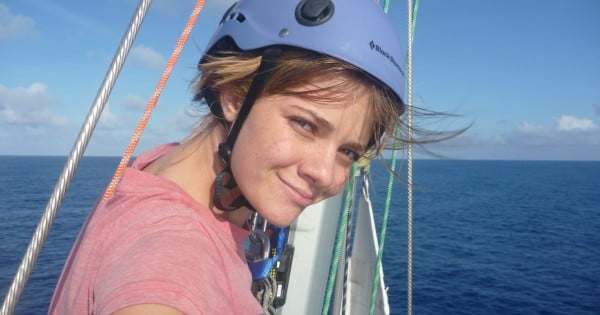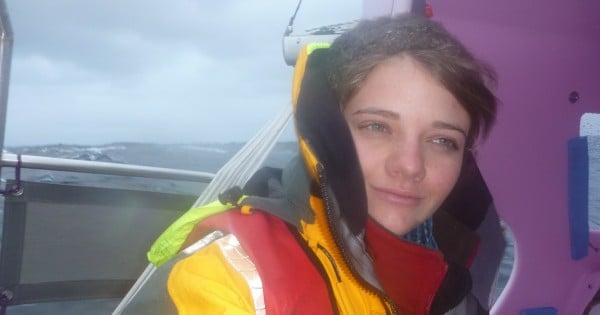
Jessica Watson stole the hearts of Australia when she became the youngest person to sail around the world unassisted. After arriving home in May of 2010, at just 16-years-old, the world assumed Jessica was a fearless woman. Now, at 22, Jessica tells Mamamia that wasn’t the case.
After sailing solo around the world as a sixteen-year-old most people assume that I was a fearless kid, but that couldn’t be further from the truth.
When I started sailing aged eight I was scared of just about everything, I didn’t like climbing trees, cold water or riding my bike fast. I was timid, badly dyslexic and the first time I went sailing I was terrified. And it’s only now, nearly six years after sailing around the world that I’ve had time to reflect on how I overcame those fears.
Watch a snippet of when Jessica’s boat sailed into Sydney Harbour. Post continues after video…
In the time since the voyage, I’ve had the incredible privilege of meeting a wide range of sports stars, from surfers to cricketers and rugby players. What’s more, I’ve been lucky enough to spend time and even count myself friends with a crowd who have an impressive appetite for pain, suffering, isolation and extreme temperatures: AKA adventurers. And I’ve come to an interesting revelation about this crowd of overachievers: they are not the gung-ho, adrenaline junkies you might expect, and many have overcome fears themselves.



Top Comments
Good on you, young lady :-)